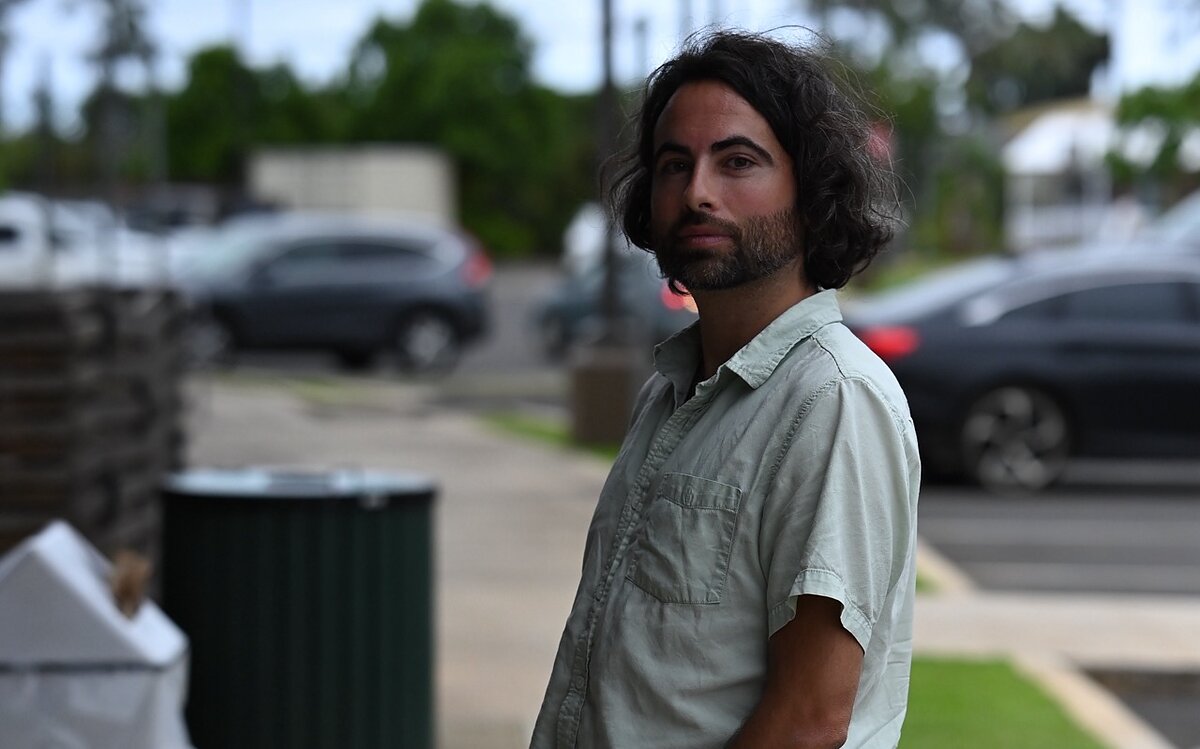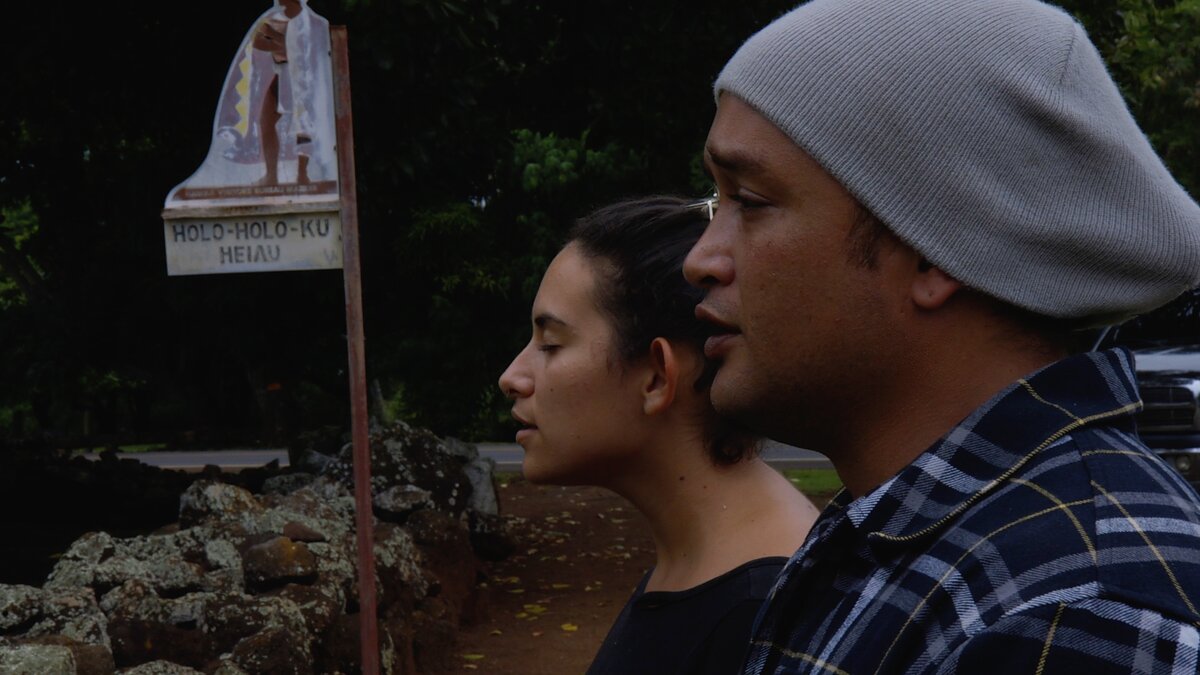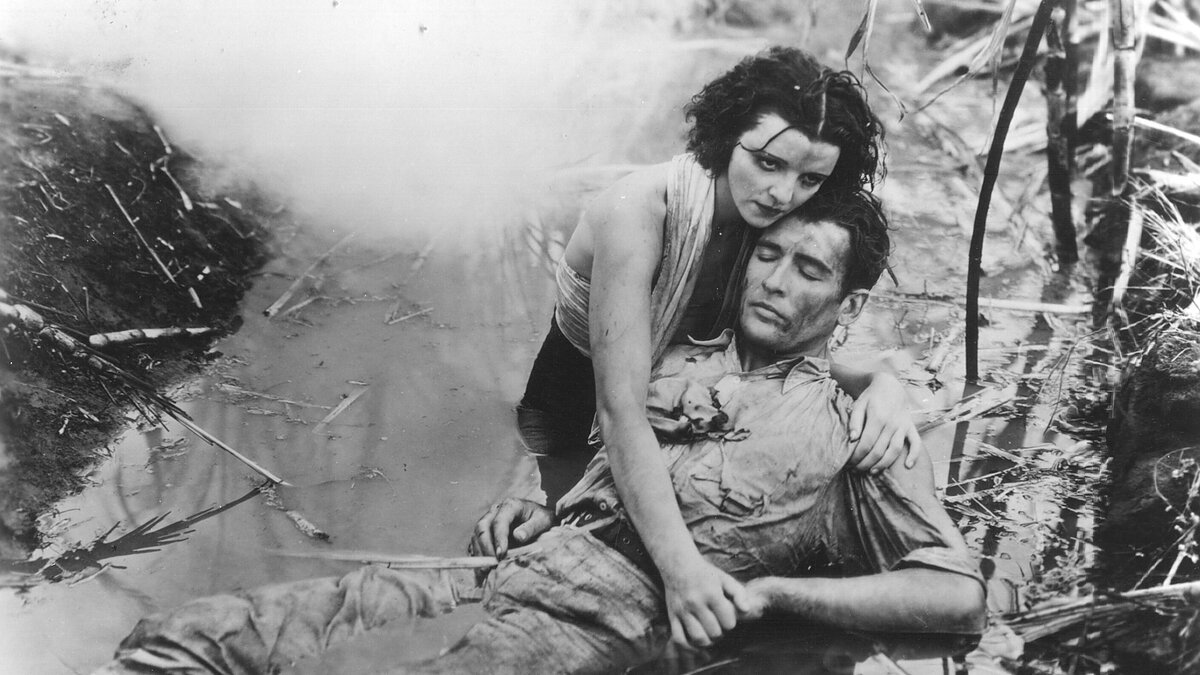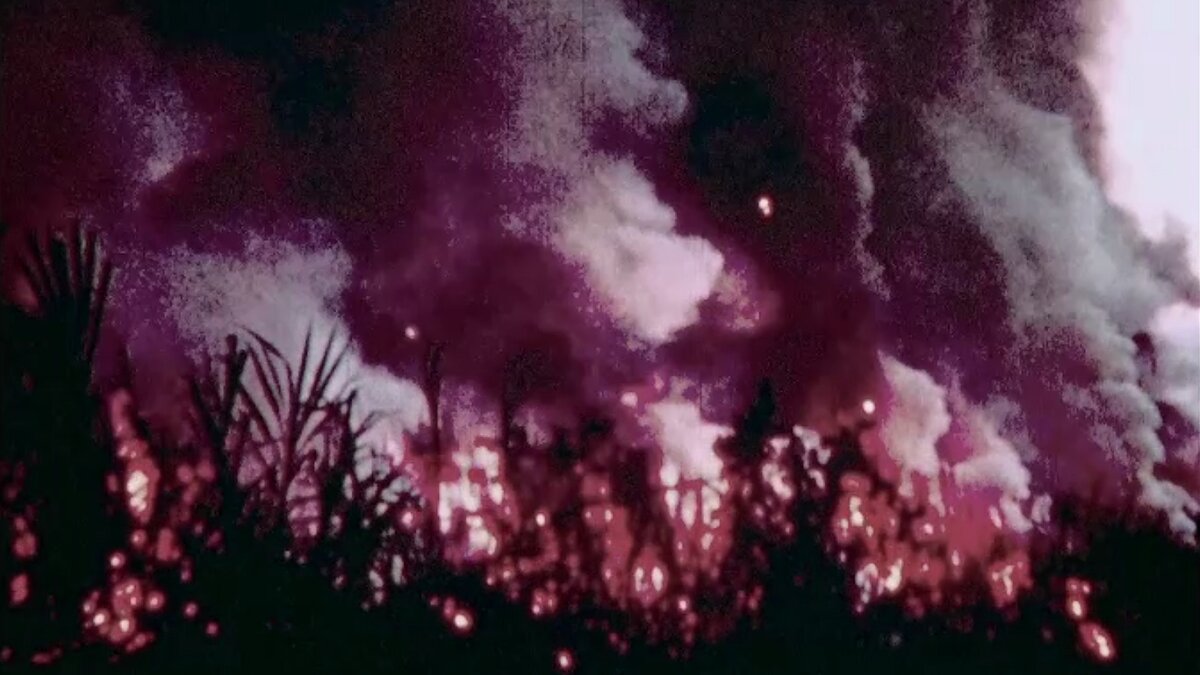AAPI Community Filmmakers on the Rise: Anthony Banua-Simon
AAPI Filmmakers on the Rise is a bi-monthly profile series published as a collaboration between Asian CineVision and The Amp that spotlights rising AAPI filmmakers. This month, Tracy Chung introduces us to the award-winning work of Anthony Banua-Simon, whose documentary films often weave together archival and interview footage to tell nuanced stories about the entangled, rippling effects of colonialism and capitalism in the US from Brooklyn to Hawaii. Past profiles include Sean Wang and Ha’aheo Auwae-Dekker.
Anthony Banua-Simon is a filmmaker with sprawling curiosity. Often, his process begins by following a single thread of interest which quickly unspools into a web of entangled stories. His feature documentary, Cane Fire (2020), is the result of countless hours of curating and editing all kinds of visual material mined from both historical archives and online platforms. Described by Banua-Simon as a “kaleidoscopic portrait,” the film reflects the labor and compassion that is core to Banua-Simon’s ethos as a filmmaker who generously cultivates subjectivity and subtly critiques power.
The premise for Cane Fire is a quest for a lost 1934 Lois Weber film. This search ends up being the device that grants access to the many compelling storytellers of the Hawaiian island of Kaua’i, weaving together four generations of Banua-Simon’s family history, Hollywood, and troves of found footage that collectively examine how economic and cultural forces have “cast Indigenous and working-class residents as ‘extras’ in their own story.”
The inspiration for Cane Fire was initially sparked when Banua-Simon sought to reconnect with his great uncle Henry and learn about his family’s roots on the Hawaiian island of Kaua’i. He knew he had ancestors who had migrated from the Philippines and Puerto Rico four generations ago to work as laborers for the island’s sugar industry. Banua-Simon began filming conversations with his uncle around 2014, which led him to interview other family members and neighbors. Their voices are what make up much of the documentary’s narration.
Banua-Simon’s interest in film first began in his youth while he was attending The Center School, a public arts school in Seattle, where an encouraging teacher would let him stay after school to use equipment and pushed him to try new things. It was here that his practice of seeking out and cataloging depictions of Kaua’i in Hollywood films like Jurassic Park (1993) and Blue Hawaii (1961) began.
In these early experiments with film, Banua-Simon liked how he could use what was around him to tell a story rather than having to build a fictional construct. This early penchant has carried through to his current practice: For the enormous amount of video footage and photo images seen in Cane Fire, Banua-Simon revealed that he had spent an entire year Googling “Kaua’i.” In order to catalog this enormous visual archive, the filmmaker maintains an intricate filing system; Banua-Simon admits that he is hyper-organized when it comes to his video files, analogizing it to record collecting.
In addition to this meticulous archiving, Banua-Simon is also an adept interviewer. Prefering to grant authority to the interviewee, Banua-Simon is not seen or heard in many of his films. This is most evident in his short film, Third Shift (2013), a documentary about the Domino Sugar Refinery in Williamsburg, Brooklyn that stitches together a history of the factory through interviews with its former workers.
Banua-Simon was always curious about the formerly abandoned refinery, sneaking into the space before it was converted into a 15-story office building. He was, as he told Filmmaker Magazine, “partaking in a kind of urban exploration, not having any context for the building itself.”
Banua-Simon was always curious about the formerly abandoned refinery, sneaking into the space before it was converted into a 15-story office building. He was, as he told Filmmaker Magazine, “partaking in a kind of urban exploration, not having any context for the building itself.”
Following his curiosity, he visited the Los Sures Senior Center in Williamsburg. It was here where he connected with former refinery workers Frank and Johnny who are the stars of Third Shift. Frank and Johnny worked at the refinery until its closure in 2006 and participated in one of the longest labor strikes in New York’s history, from 1998 to 2000. Their personal retelling of their lived experiences come across the screen as intimate and inspirational. Banua-Simon delights in moments where interviewees tell him something different from what he had read in his research. “It gives you permission to be curious,” said Banua-Simon. He now affectionately refers to Frank and Johnny as “my New York uncles.”
Banua-Simon continued to follow his curiosity; the trail of sugar eventually led him back home. It was after completing Third Shift that Banua-Simon grabbed a camera and went to visit his great-uncle Henry on Kaua’i, filming the footage that would eventually become Cane Fire. Uncle Henry and other old-timers would “talk story,” sharing their oral histories. Banua-Simon deftly captures these intimate exchanges on film and presents them in the context of the land and its people.
Some of the characters in Cane Fire, like Larry Rivera, a local singer at the legendary Coco Palms hotel, reveal the competing visions of the island that were held by locals and opportunists alike. The Coco Palms prime resort property once belonged to Hawaiian royalty, but it changed hands many times as developers vied for ownership and control. Looming large was the interest of Hollywood. Many Hollywood films were shot on the property, and Larry’s nightly “cultural” performances brought this Technicolor vision of Kaua’i to life for tourists.
While audiences might question whether this golden era of paradise-on-display is meant to directly implicate the capitalist power controlling the resort and its Hollywood partners, Banua-Simon knows that the binary of colonizer vs. colonized often isn’t that simple for the people of Kaua’i. Through his filmic vision, he artfully allows for a complex story to reveal itself through the subtle voices of his interview subjects.
Banua-Simon is currently working on a companion piece to Cane Fire that looks towards a growing food sovereignty movement led by Native Hawaiians and how it contends with Hawai'i’s legacy of colonialism and extractive capitalism. In this work, titled The Experiment Station, he continues to research historical, economic, and cultural narratives, revealing the tensions between the people of Hawai'i and the forces of global capitalism.
When asked how he stays true to his artistic vision while navigating the structural and financial systems of the film industry, Banua-Simon reminds us that “filmmakers will do the work by any means necessary, no matter what.” The same could be said about the land-back activism Banua-Simon continues to document.
—Tracy Chung is a writer of diverse things. She has been a freelance writer for Asian CineVision since 2017.



